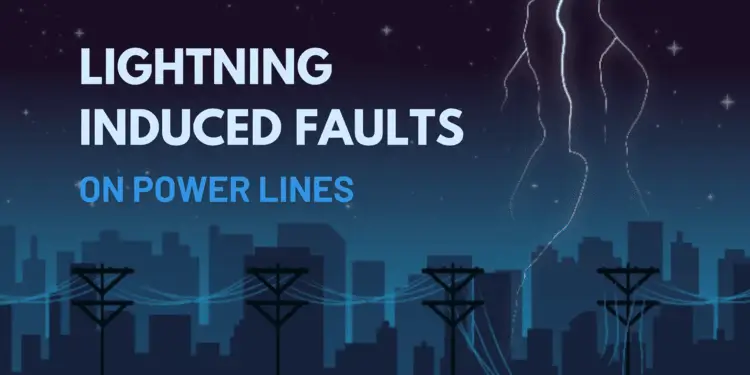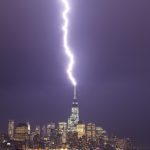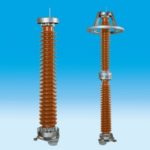Lightning is one of the leading causes of power interruptions and momentary events in many power systems across the country. Power system structures such as poles and towers, often being the tallest structures around, are particularly susceptible to lightning strikes.
This article serves as an introduction to understanding how lightning interacts with power systems, techniques for measuring lightning and faults, and technologies that mitigate lightning-induced faults to enhance the robustness of power systems.
Understanding Lightning
What is Lightning?
Lightning is an electrostatic discharge that occurs either between two clouds or between a cloud and the ground. This paper focuses primarily on cloud-to-ground discharges, as they are the most problematic for power systems.
How Does Lightning Form?
The formation of lightning involves multiple stages:
- Charge Formation: Hypotheses vary on how charges form within clouds, but once these charges reach a critical strength, they initiate a discharge.
- Leader Formation: Positively and negatively charged leaders form, creating ionized channels.
- Attachment and Return Stroke: These channels eventually meet in a process called attachment, potentially resulting in a return stroke. Each lightning event can consist of several strokes, grouped into a single flash by lightning location systems.
Measuring Lightning
Lightning flashes emit both electric and magnetic fields, detectable by wideband sensors used in lightning location systems. Three primary networks in the United States—National Lightning Detection Network (NLDN), United States Precision Lightning Network, and Weatherbug Total Lightning Network—use direction-finding techniques to locate lightning discharges. These networks report similar parameters: location, magnitude, and classification (cloud-to-cloud vs. cloud-to-ground). Their accuracy generally falls within 500 meters.
Additional parameters like rise time, charge transfer, and continuing current, although not commonly reported, could significantly aid in diagnosing overvoltage and heat-related damage.
Power System Interactions
Points of Impact
Lightning can strike various points along the power delivery system. This article focuses on lightning striking the utility part of the power system.
Lightning-Induced Faults
- Tower/Shield Wire Strikes: When lightning strikes a tower or shield wire, it can cause a back flash or flashover if the strike’s magnitude is sufficient. The rising current increases voltage between phase conductors and ground, potentially creating an electric arc.
- Direct Phase Conductor Strikes: Lightning can directly attach to a phase conductor, transferring enough energy to damage lines, insulators, and other equipment. This is referred to as shield wire failure if a shield wire is present, or direct attachment if it is not.
Measuring Faults
Lightning-induced transients are too fast to be captured directly by oscillographs or relays. However, sags resulting from lightning events are measurable, as demonstrated by Digital Fault Recorder (DFR) waveforms.
Traveling Voltage Waves
The traveling voltage wave resulting from a lightning interaction can double in magnitude at open points (e.g., open breakers) along the path but is damped out after a few spans.
Mitigating Technologies
Grounding and Shield Wires
Grounding and shield wires are essential for protecting power lines from lightning strikes. Shield wires, bonded to ground, route the majority of the strike’s energy away from phase conductors. Effective grounding requires low soil resistivity and good tower footing resistance.
Insulation Coordination
Additional insulation on phase conductors, designed for lightning or switching transient performance rather than voltage class, can improve line resilience. The amount of insulation is determined by calculating the probability of certain magnitude strokes over a given distance, considering typical storm days per year.
Lightning Arresters
Lightning arresters are another line of defense, diverting excess current to the ground while remaining inactive under normal conditions. Various technologies exist, but all aim to protect the system by handling transient overvoltages.
Conclusion
Lightning is a complex natural phenomenon, but with the right measurement and mitigation techniques, its impact on power systems can be minimized. By understanding lightning interactions, implementing robust measurement techniques, and utilizing advanced mitigating technologies, power systems can become more resilient to lightning-induced faults.






